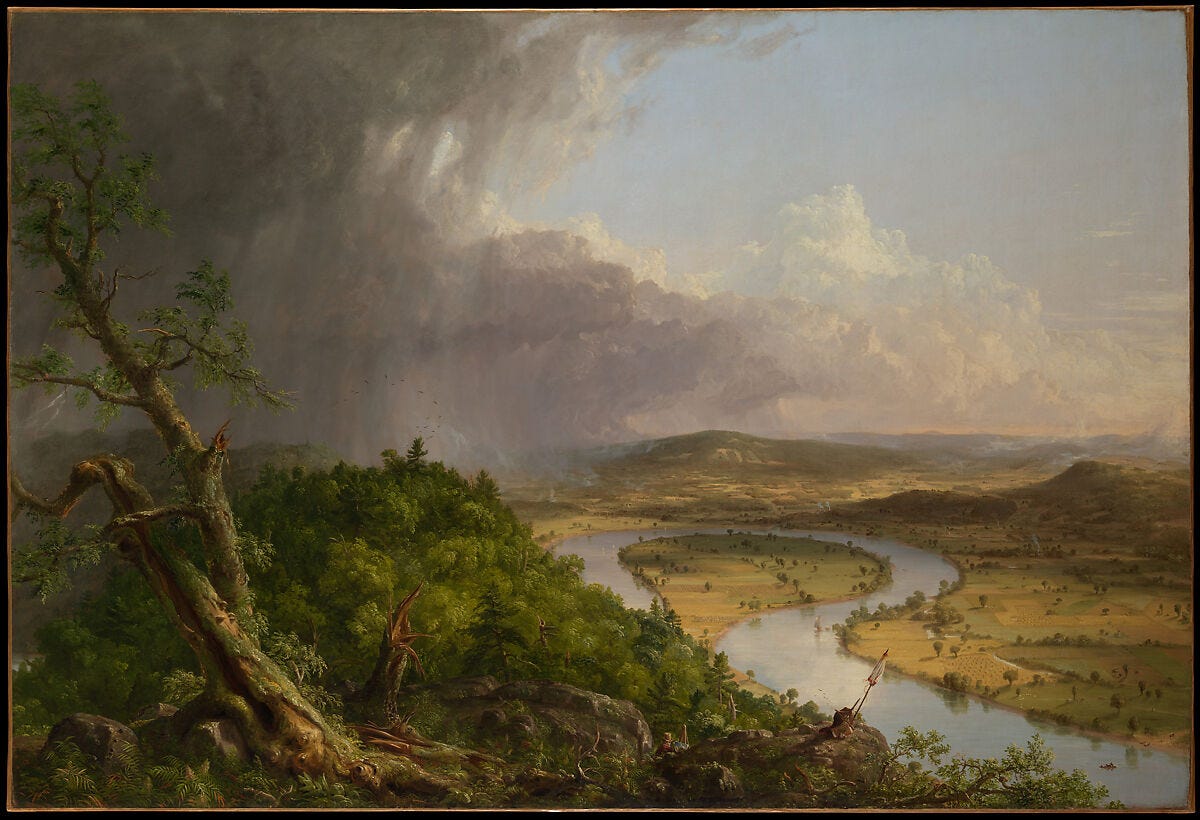Tambora and the American Frontier
In the final essay in our series "The Year Without a Summer," we'll examine how Tambora's eruption motivated westward expansion of the United States.
This essay is part of the series The Year Without a Summer. To read other essays in this series and gain access to the full archive, become a paid subscriber today:

Throughout this series, we’ve traveled the world and witnessed tragedies, discoveries, and inventions left in the wake of the largest recorded volcanic eruption. We’ve examined how a natural disaster could be a catalyst for events that would shape human history, such as the establishment of the Golden Triangle (still today a major center of the narcotics trade), or the creation of a novel that launched the science fiction genre. Tambora forced scientists to reevaluate how climate was studied, and compelled millions to adopt more effective methods of food preservation.
What about the regions that didn’t face extreme weather? As I noted earlier in this series, different areas of the world experienced varying levels of impact after Tambora’s eruption. Russia managed to escape the worst of it, and Russian grains played a key role in preventing population collapse in Europe.
Across the Atlantic, the United States’ East Coast was bludgeoned by unforgiving freezes. Instead of “the Year Without a Summer,” the notorious year of 1816 lived on in New England folk memory as “Eighteen-Hundred-and-Froze-to-Death.”
But beyond the Appalachian Mountains, the frontier largely avoided Tambora’s wrath—with profound consequences for the westward expansion of the United States.


